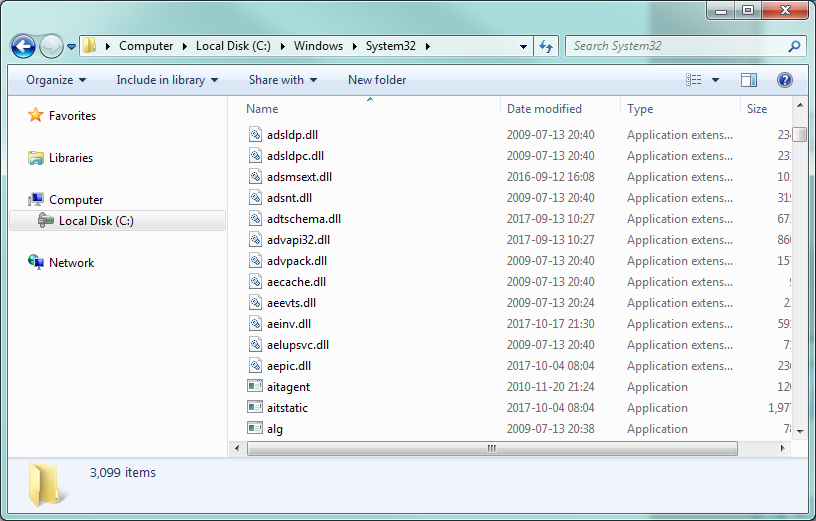Importing Data into SQL Server – Using the INSERT statement
Sometimes, the easiest and quickest way to get data into SQL Server is to simply use an INSERT statement. Here is what the INSERT statement looks like in Books Online(BOL) [ WITH <common_table_expression> [ ,…n ] ] INSERT [ TOP ( expression ) [ PERCENT ] ] [ INTO ] { <object> | rowset_function_limited [ WITH ( <Table_Hint_Limited> [ …n ] ) ] } { [ ( column_list ) ] [ <OUTPUT Clause> ] { VALUES ( ( { DEFAULT | NULL | expression } [ ,…n ] ) [ ,…n ] ) | derived_table | execute_statement | <dml_table_source> | DEFAULT VALUES … Continue reading Importing Data into SQL Server – Using the INSERT statement




